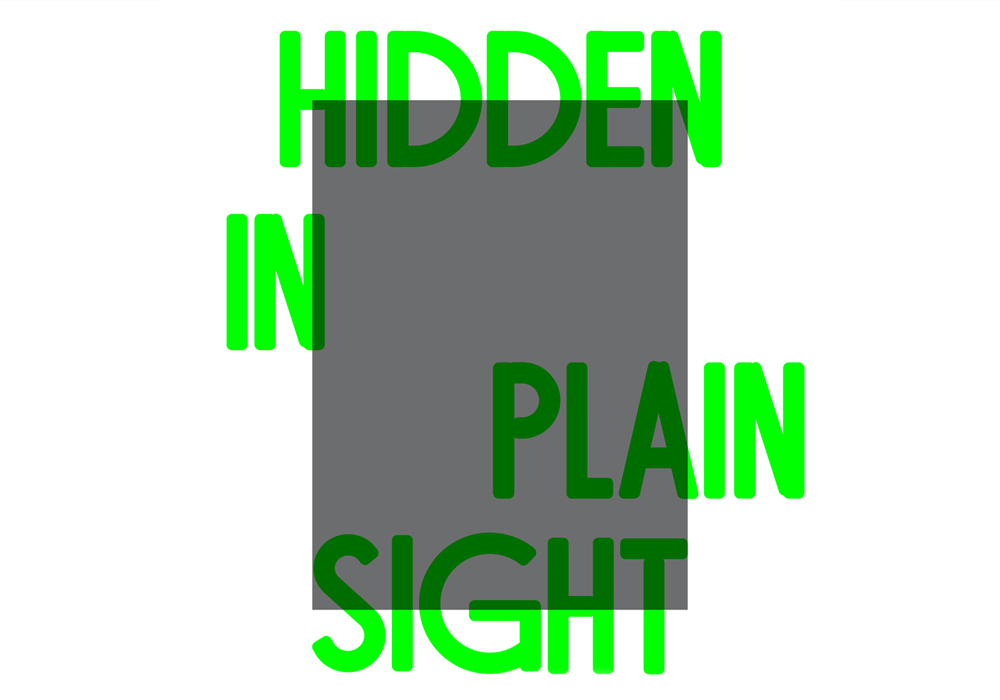
Hidden in Plain Sight
Voguing, drag, clubbing, and the politics of communities making different performances of gender and sexuality visible.
What we wrote about the event at the time: What is the link between the exuberance, flamboyance, artifice and (ironic) embellishment of queer, gay, lesbian, trans or bi artforms – voguing, drag and lipsync, deep house – and the communities, politics and specificities that produced them – a politics of race, class and gender, of public health, of mourning and militancy, affect, emotion and melancholy? This Episode is our attempt to think this through a little, with people in Glasgow and members of the House & Ballroom community, leading international choreographers and dancers, deep house and ballroom DJ’s…queer theorists, performance artists, archivists, theologians, visual artists and filmmakers.
ReadVoguing, drag, clubbing, and the politics of communities making different performances of gender and sexuality visible.
0.
Our languages, habits, desires; our race, sexuality and gender: none of these originate from within our selves so much as they’re prescribed by social norms.
Are these norms a sort of unwritten script, hidden in plain sight but never commented on? Are our identities the performance of that script, one we’re unaware has been handed down to us? Forced to mime our emotions – now cheap commodities – our impulses are conditioned, controlled and manufactured: imposed, organized, propagandized, and maintained by force to our detriment.
“When do we get to that magical moment of realization that our biggest threat is not a pandemic of infectious disease, it is our belief in messages that serve us no purpose but to destroy our minds, detriment our spirit, devalue our souls, so that we become spiritually, politically, collectively impotent.” The Legendary Co-Founder Michael Roberson Garçon
1.
This last year we have met and worked with many people who reject and challenge the insidious nature of a key element of society’s prescribed script – the oppressive and controlling notion of compulsory heterosexuality.
This challenge, in its most radical form, doesn’t defensively seek equality or assimilation into conservative social institutions so as to alleviate the symptoms of homophobia and hetrosexism, but rather proposes a direct challenge to the route cause of such symptoms: a rejection of our cultural conditioning, and a radical re-thinking of what an identity or self might be.
“Queer is by definition whatever is at odds with the normal, the legitimate, the dominant. There is nothing in particular to which it necessarily refers. It is an identity without an essence.” David Halperin
2.
The social spaces 1 and kinship structures that support this rethinking of the self are (like the normative ideas they reject) also often hidden in plain sight, indifferent to, passing for or deliberately undetectable to mainstream society, even while they explore the artificiality at the core of prescribed identities.
In what way do such social spaces allow unpredictable relations between identity, gender and sexuality to be nurtured, or rethink bodies as a ground for negotiating social relations? Or are they too utopian, never managing to cultivate a language of failure that might allow us to grasp and change our material conditions now?
How might traumatic cultural memory be used as a resource for the construction of new forms of public culture?
“There is a kind of social field…hidden in plain sight…like a secret, sacred public performance space that periodically rises and falls with the tides of insurgency. [It] moves in the space of its own denial or disavowal and our capacity to renew it: its capacity to renew us is what we live for.” Fred Moten
3.
And what is the connection between the rich languages, habits and gestures and the fugitive social spaces that produce them? Can we understand voguing, drag, lip-syncing, deep house, mimicry or exaggerated appropriation as ways of thinking through a politics, by enacting it so as to better understand it?
What does it mean that the tools used to create such modes of being are engaged directly with feelings, with mourning and militancy, with affect, emotion and melancholy as well as exuberance, flamboyance, artifice and (ironic) embellishment?
What might it mean to explore, here in Glasgow the links between these artforms and the communities that produce them? What do they have to say about public health or racism, about poverty or kinship, feminism, art or knowledge?
“…music already activates us socially, sexually, intellectually, aesthetically. I see all these modes of being as having political currency. It is not the case that our politics merely reproduce our modes of being. Rather, it is through these that the conditions for our politics are reproduced.” Dont Rhine, Ultra-red
This Episode was reviewed in The Skinny by Jean-Xavier Boucherat. Episode 4 and 5 were reviewed by Mark West in the Glasgow Review of Books. The three boychild performances were reviewed by Tom Coles in the Glasgow Review of Books.
Programme Events
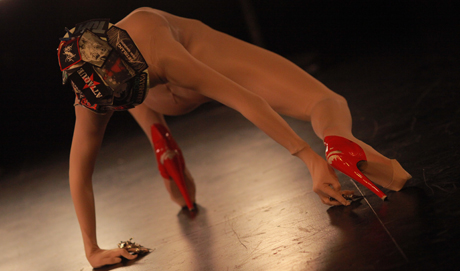
(M)IMOSA | Twenty Looks or Paris is Burning at The Judson Church (M)
Cecilia Bengolea François Chaignaud Marlene Monteiro Freitas Trajal Harrell
What would have happened in 1963 if someone from the voguing ball scene going on in Harlem had travelled downtown to perform alongside the early postmoderns at Judson Church?

Hidden in Plain Sight: Club
boychild DJ Sprinkles Vjuan Allure Pony Zion
The club as a community and a site for performed politics: deep/ queer house, vogue femme, lipsync and ballroom.

We have something to say about… Pt1
Ann Cvetkovich Eboni Marshall Turman Frank Roberts Michael Roberson Robert Sember Terre Thaemlitz Vogue’ology
A historical narrative of the black and Latino/a transgender, bisexual, lesbian, and gay House and Ballroom Scene in relation to race, gender, sexuality and class oppressions.
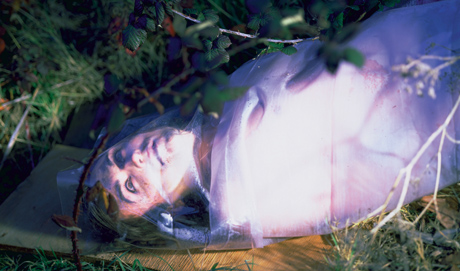
Soulnessless – Introduction
Terre Thaemlitz
“I am truly without faith. In a media marketplace that demands soulness, I can only offer soulnessless.”
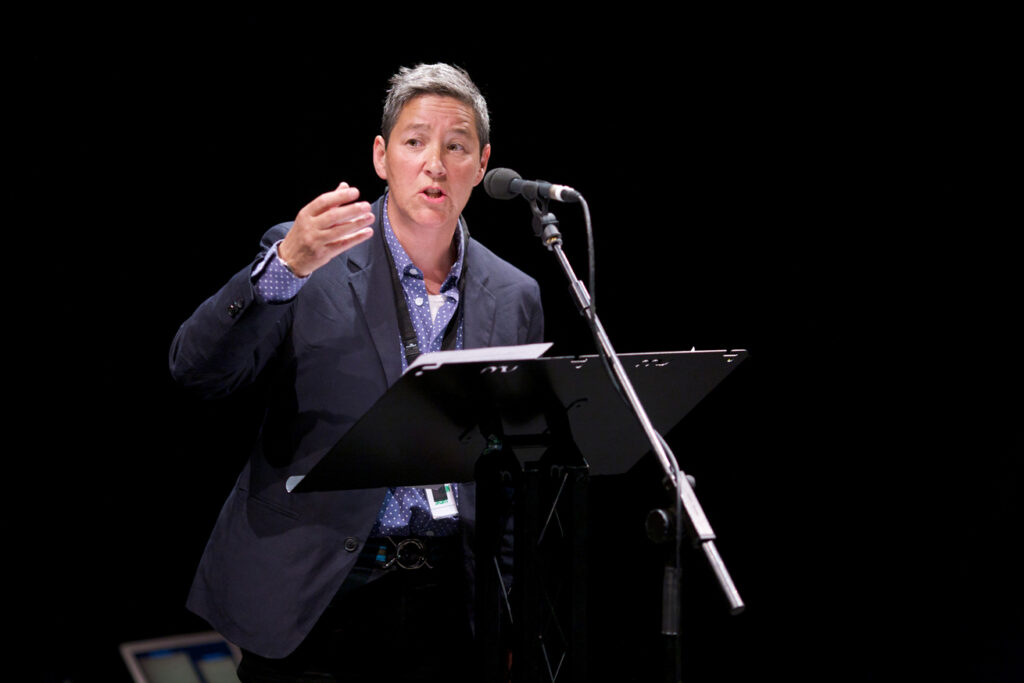
No Church in the Wild
Jack Halberstam
Can we find ideas of queer anarchism, failure and low theory in popular culture?

Soulnessless – Cantos I-IV
Terre Thaemlitz
An audio and video investigation of gender cults, Catholicism, hauntings and nuns’ use of audio devices…
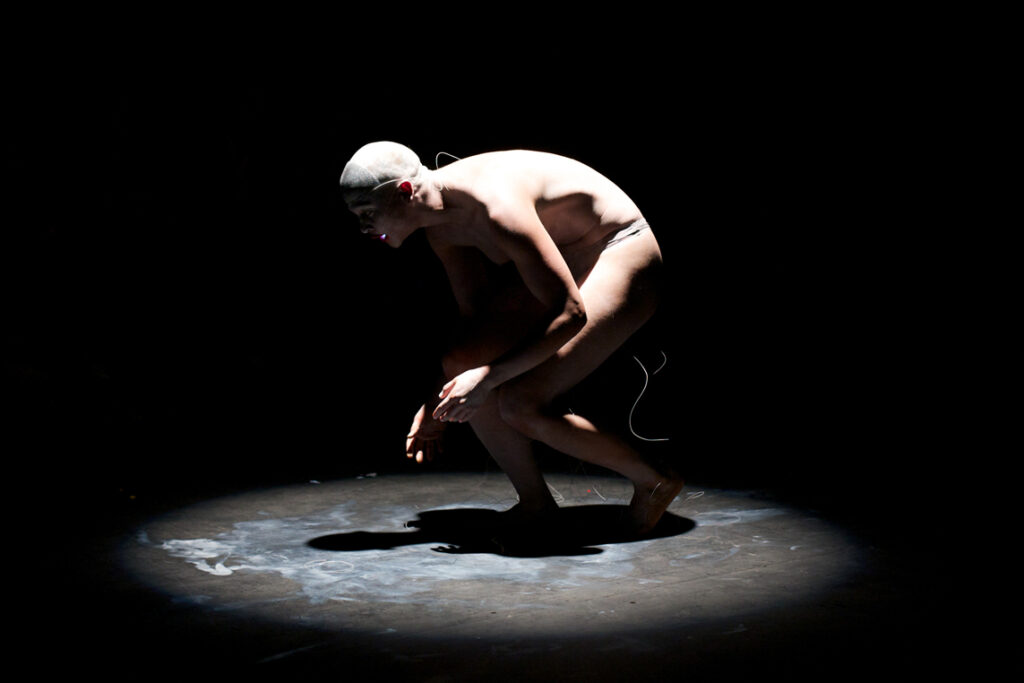
#untitled lipsync 2
boychild
The mutability of the body and the mobility of identity: queered pop culture, drag, lip-sync and performance.
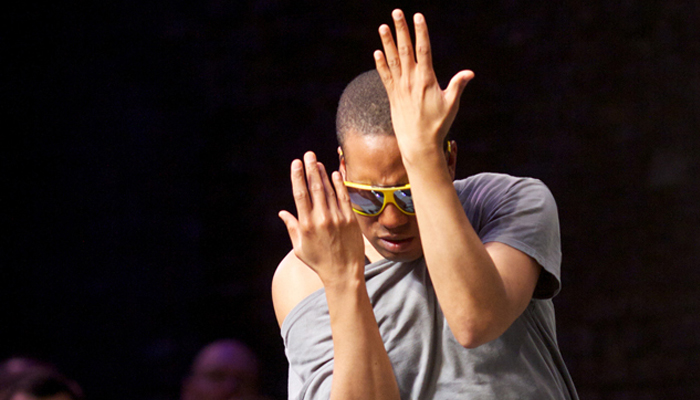
Twenty Looks or Paris is Burning at The Judson Church (S)
Trajal Harrell
A meditation on how all of us perform — sometimes reinforcing, sometimes subverting — the shifting categories of gender, sexuality and race.

An Archive of Feelings
Ann Cvetkovich
The queer archiving of traumatic cultural memory from one of the leading voices working with queer archives.
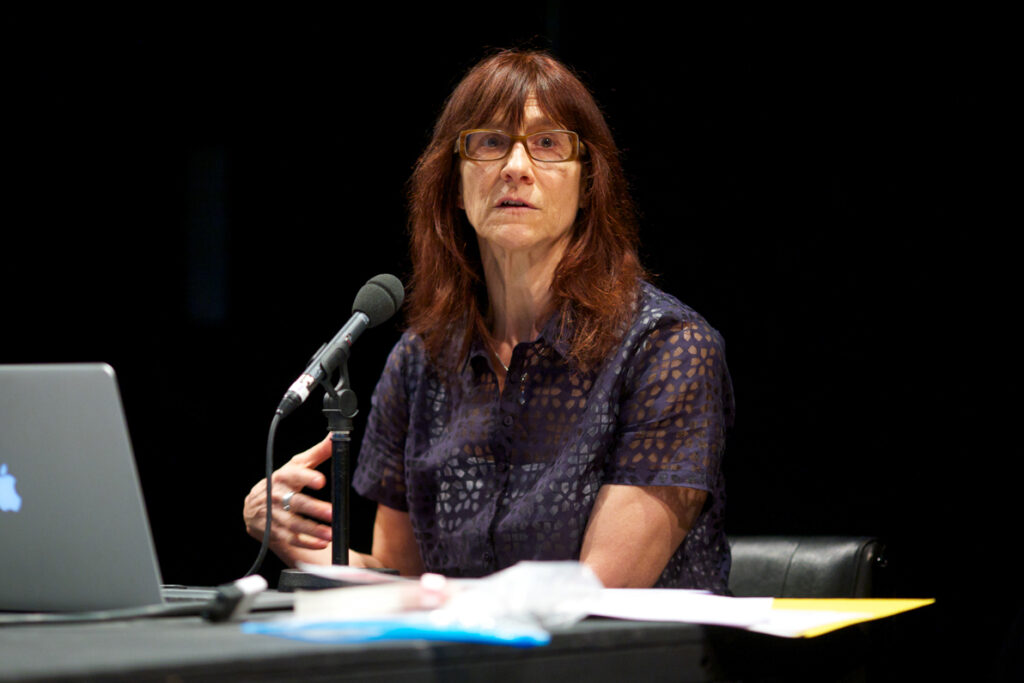
Public Feelings
Ann Cvetkovich
The role of feelings in public life, (political) depression and creative survival.
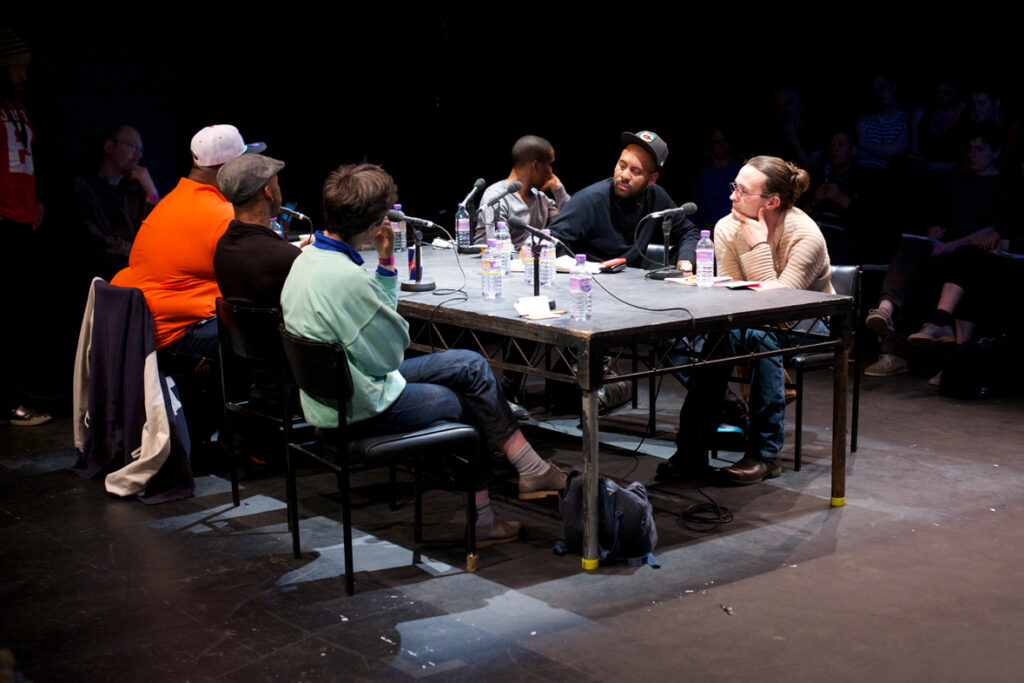
We have something to say about… Pt2
Emma Hedditch Frank Roberts Michael Roberson Pony Zion Robert Sember Terre Thaemlitz Vjuan Allure Vogue’ology
A historical narrative of the black and latino/a transgender, bisexual, lesbian, and gay House and Ballroom Scene in relation to its artistic practices.

Boudry/Lorenz
Pauline Boudry Renate Lorenz
Trans-temporal drag, sexuality and the re-staging of illegible moments in history.
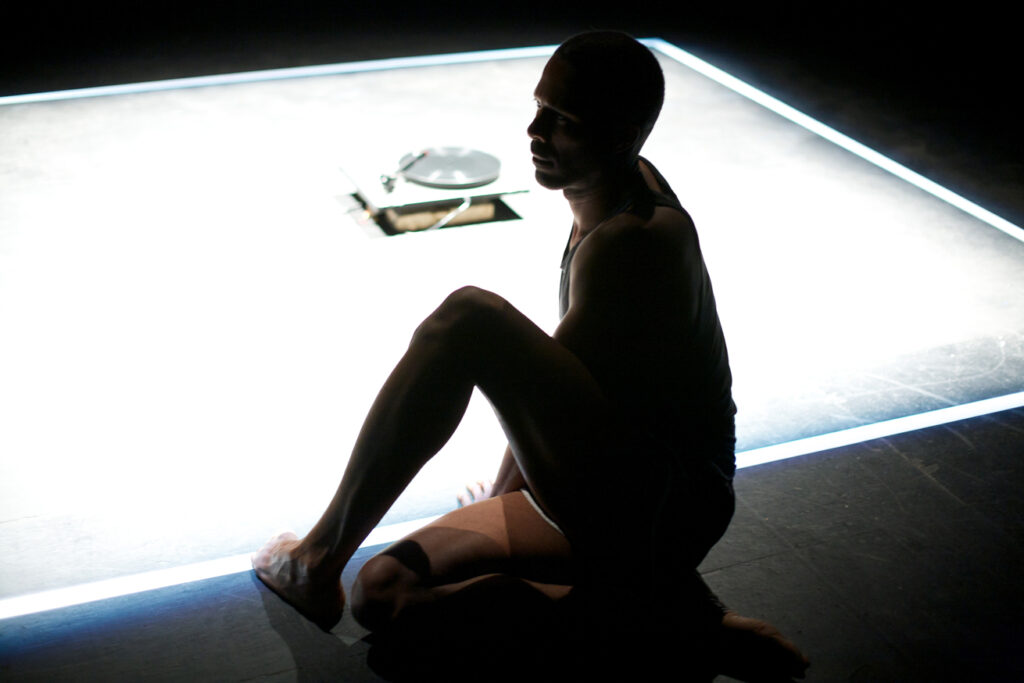
Suspended closure, suspended
Jimmy Robert
When we look, how do we objectify the body; how can we reflect on our (self) image as a construction?
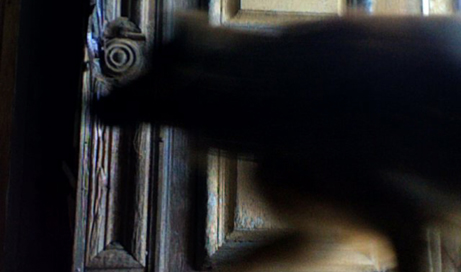
My Dog Is My Piano
Antonia Baehr
An audio/ video, lecture/ performance exploring the queer and companionly inter-activity of human-animal relations.

#untitled lipsync 3
boychild
The mutability of the body and the mobility of identity: queered pop culture, drag, lip-sync and performance.